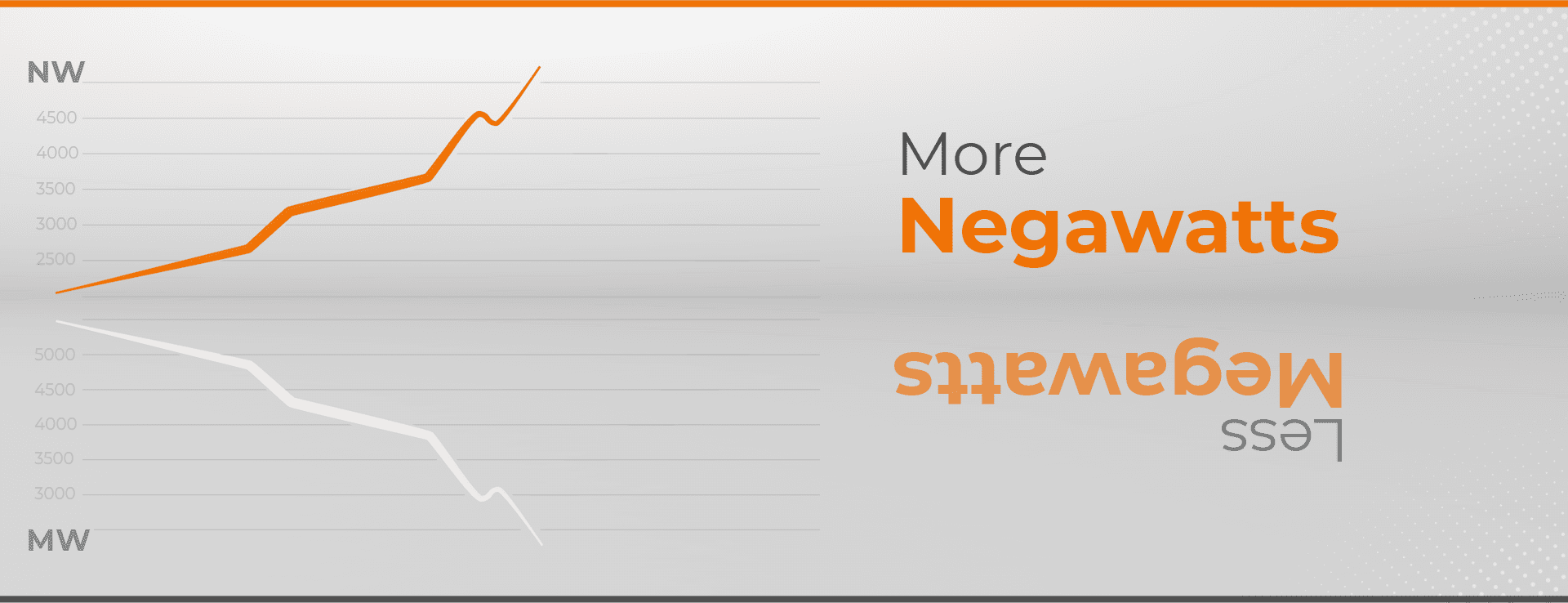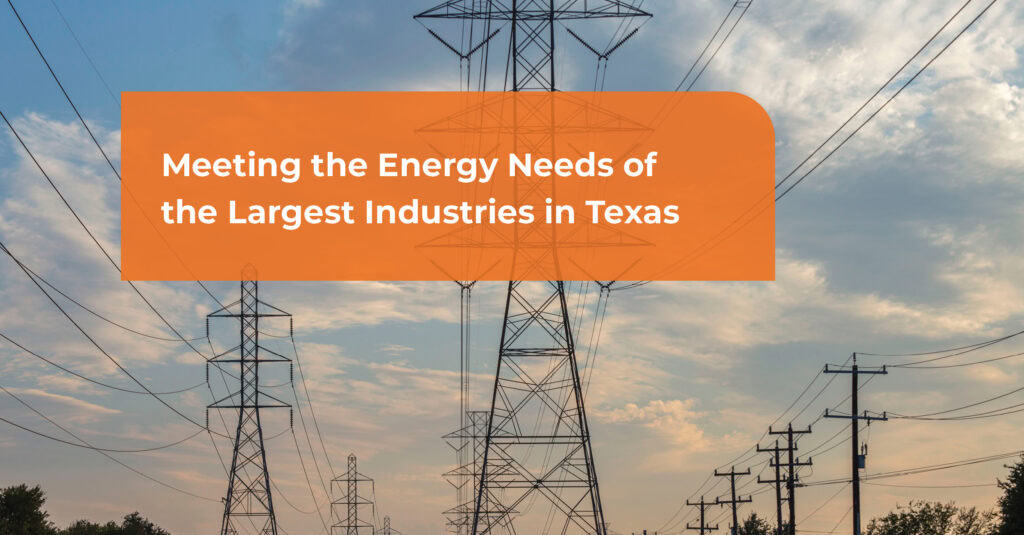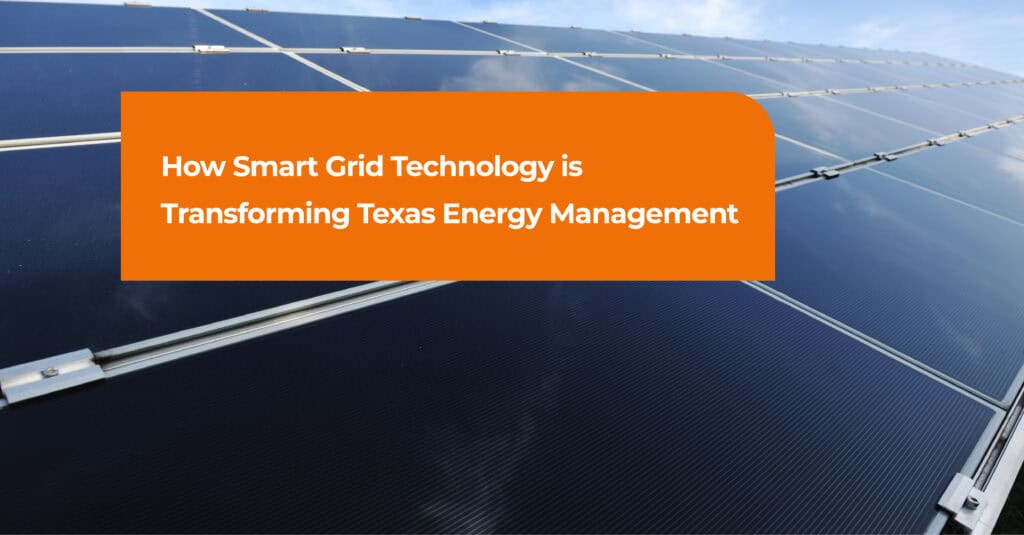
It’s time to talk about Negawatts
“Negawatts deliver more value than Megawatts, and they will play an increasingly important role in grid management in the coming decade”, says VIOTAS CEO, Paddy Finn, referring to the term, Negawatts, credited to Amory Lovins, chairman and chief scientist of the Rocky Mountain Institute, and constitutes the energy you have not used to avoid the need for energy to be generated. In an age where geopolitics, climate change and decreasing fossil fuel supplies are all affecting how we use and secure energy, perhaps it’s time we focus more on Negawatts over Megawatts?
Negawatts traditionally referred to energy efficiency measures which minimise the use of unproductive energy in homes and businesses, and maximise the benefit delivered from energy that is used. By reducing their ongoing energy requirements, homes and business not only save money, but help reduce the need to build additional grid infrastructure and allow renewable energy targets to be reached with less renewable generation. However, the amount of energy consumption that homes and businesses can cut out entirely, is significantly less than the amount they reduce by for short periods from time to time.
There are two ways in which this works in practice; short-term and long-term reductions. Large energy customers who allow a part of their electricity consumption to be reduced quickly, even if only a few minutes at a time, give grid operators the security they need to use greater amounts of renewable energy, including when that consumption is simply available to be reduced but not actually being reduced. While on the other hand, customers that allow part of their electricity consumption to be reduced for longer periods, for up to two hours at a time, sometimes for as little as 6 hours per year during peak times, help avoid the need to build additional power stations on the grid or avoid importing expensive electricity from abroad.
Cutting out unnecessary energy consumption and maximising the efficiency of electricity consumed is essential to reduce carbon emissions and costs, but this is only step one. Energy consumers need to consider how much electricity consumption they would be willing to reduce for short periods from time to time. Not only would this yield the majority of benefits of longer-term efficiency measures that save money, the flexibility this would offer to the grid, can actually make the consumer money. Customers can decide what they make available, and when, but timing is everything!
Dr. Paddy Finn, VIOTAS CEO & CTO
Recent events in the Irish electricity market, where prices skyrocketed to €4.50 per kWh for imported electricity, have highlighted the benefits that paying customers to reduce demand would yield, as it retains this money in our economy rather than paying foreign electricity markets for imported power. A rethink of national electricity usage could see those potentially high payment fees reinvested into the Irish economy as opposed to going overseas. Instead of exposing the market to soaring prices for creating or importing more power, which often comes from highly polluting sources, Ireland can leverage existing assets in the power system and reduce carbon impact though demand response and customer flexibility at a commercial scale through improved incentivisation.
Media coverage of the energy crisis in Ireland has focused heavily on the need for more Megawatts through the building of new, high-cost fossil fuel generation, but this effort needs to be redirected towards incentivising electricity customers to participate in dynamic demand response. The wider range of benefits to electricity customers, power system security, and the economy are undeniable and proven. Less Megawatts, more Negawatts!
Dr. Paddy Finn, VIOTAS CEO & CTO
Flexible demand has been proven to work. VIOTAS Ireland customers alone are tested to provide up to 185 MW of demand flexibility to Ireland’s electricity market, and are paid monthly for doing so. That’s 185MW which didn’t exist, and therefore wasn’t available 7–8 years ago, all without building a single power plant. For context, at 155MW, West Offaly Power was Ireland’s largest peat burning power plant prior to its retirement.
VIOTAS customers help to keep the lights lit for everyone, demonstrating the power of demand response. Ireland’s energy policy needs to catch-up rapidly, with the development of improved incentives for demand response to enhance the country’s security of supply and deliver the flexibility needed to support the use of renewable energy, whilst acknowledging the positive impact participating customers make towards decarbonisation.
Megawatts cost customers and leak value from our economy. Negawatts pay customers and increase Ireland’s economic competitiveness. The benefit is clear and simple, and the new customers joining us every month, agree.
Dr. Paddy Finn, VIOTAS CEO & CTO



